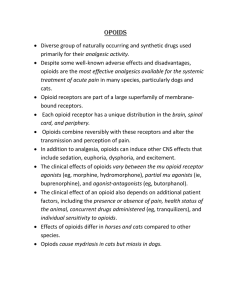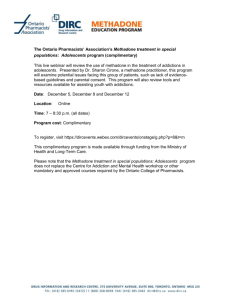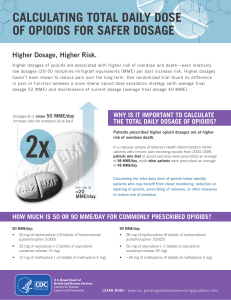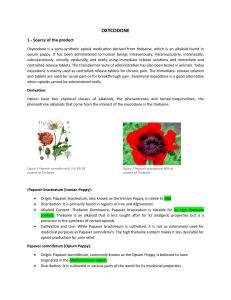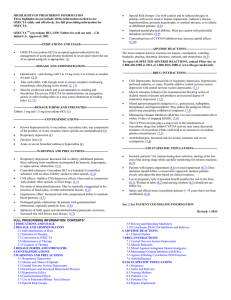The symposium concluded with a short question and answer
advertisement
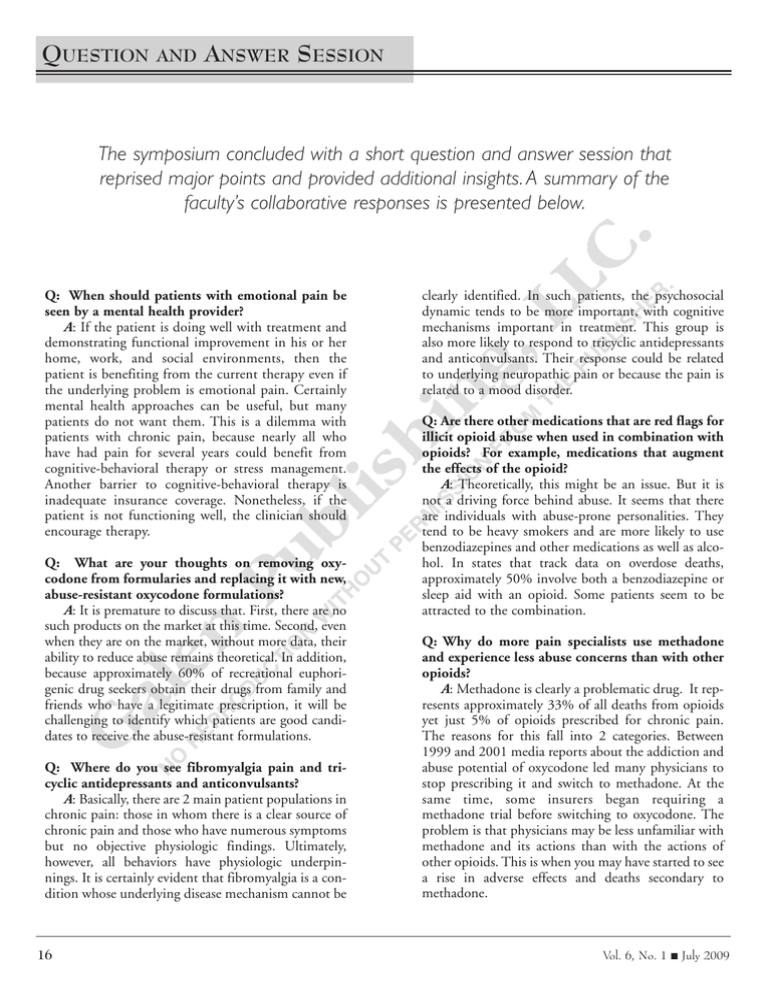
QUESTION AND ANSWER SESSION The symposium concluded with a short question and answer session that reprised major points and provided additional insights. A summary of the faculty’s collaborative responses is presented below. Q: When should patients with emotional pain be seen by a mental health provider? A: If the patient is doing well with treatment and demonstrating functional improvement in his or her home, work, and social environments, then the patient is benefiting from the current therapy even if the underlying problem is emotional pain. Certainly mental health approaches can be useful, but many patients do not want them. This is a dilemma with patients with chronic pain, because nearly all who have had pain for several years could benefit from cognitive-behavioral therapy or stress management. Another barrier to cognitive-behavioral therapy is inadequate insurance coverage. Nonetheless, if the patient is not functioning well, the clinician should encourage therapy. Q: What are your thoughts on removing oxycodone from formularies and replacing it with new, abuse-resistant oxycodone formulations? A: It is premature to discuss that. First, there are no such products on the market at this time. Second, even when they are on the market, without more data, their ability to reduce abuse remains theoretical. In addition, because approximately 60% of recreational euphorigenic drug seekers obtain their drugs from family and friends who have a legitimate prescription, it will be challenging to identify which patients are good candidates to receive the abuse-resistant formulations. Q: Where do you see fibromyalgia pain and tricyclic antidepressants and anticonvulsants? A: Basically, there are 2 main patient populations in chronic pain: those in whom there is a clear source of chronic pain and those who have numerous symptoms but no objective physiologic findings. Ultimately, however, all behaviors have physiologic underpinnings. It is certainly evident that fibromyalgia is a condition whose underlying disease mechanism cannot be 16 clearly identified. In such patients, the psychosocial dynamic tends to be more important, with cognitive mechanisms important in treatment. This group is also more likely to respond to tricyclic antidepressants and anticonvulsants. Their response could be related to underlying neuropathic pain or because the pain is related to a mood disorder. Q: Are there other medications that are red flags for illicit opioid abuse when used in combination with opioids? For example, medications that augment the effects of the opioid? A: Theoretically, this might be an issue. But it is not a driving force behind abuse. It seems that there are individuals with abuse-prone personalities. They tend to be heavy smokers and are more likely to use benzodiazepines and other medications as well as alcohol. In states that track data on overdose deaths, approximately 50% involve both a benzodiazepine or sleep aid with an opioid. Some patients seem to be attracted to the combination. Q: Why do more pain specialists use methadone and experience less abuse concerns than with other opioids? A: Methadone is clearly a problematic drug. It represents approximately 33% of all deaths from opioids yet just 5% of opioids prescribed for chronic pain. The reasons for this fall into 2 categories. Between 1999 and 2001 media reports about the addiction and abuse potential of oxycodone led many physicians to stop prescribing it and switch to methadone. At the same time, some insurers began requiring a methadone trial before switching to oxycodone. The problem is that physicians may be less unfamiliar with methadone and its actions than with the actions of other opioids. This is when you may have started to see a rise in adverse effects and deaths secondary to methadone. Vol. 6, No. 1 n July 2009
